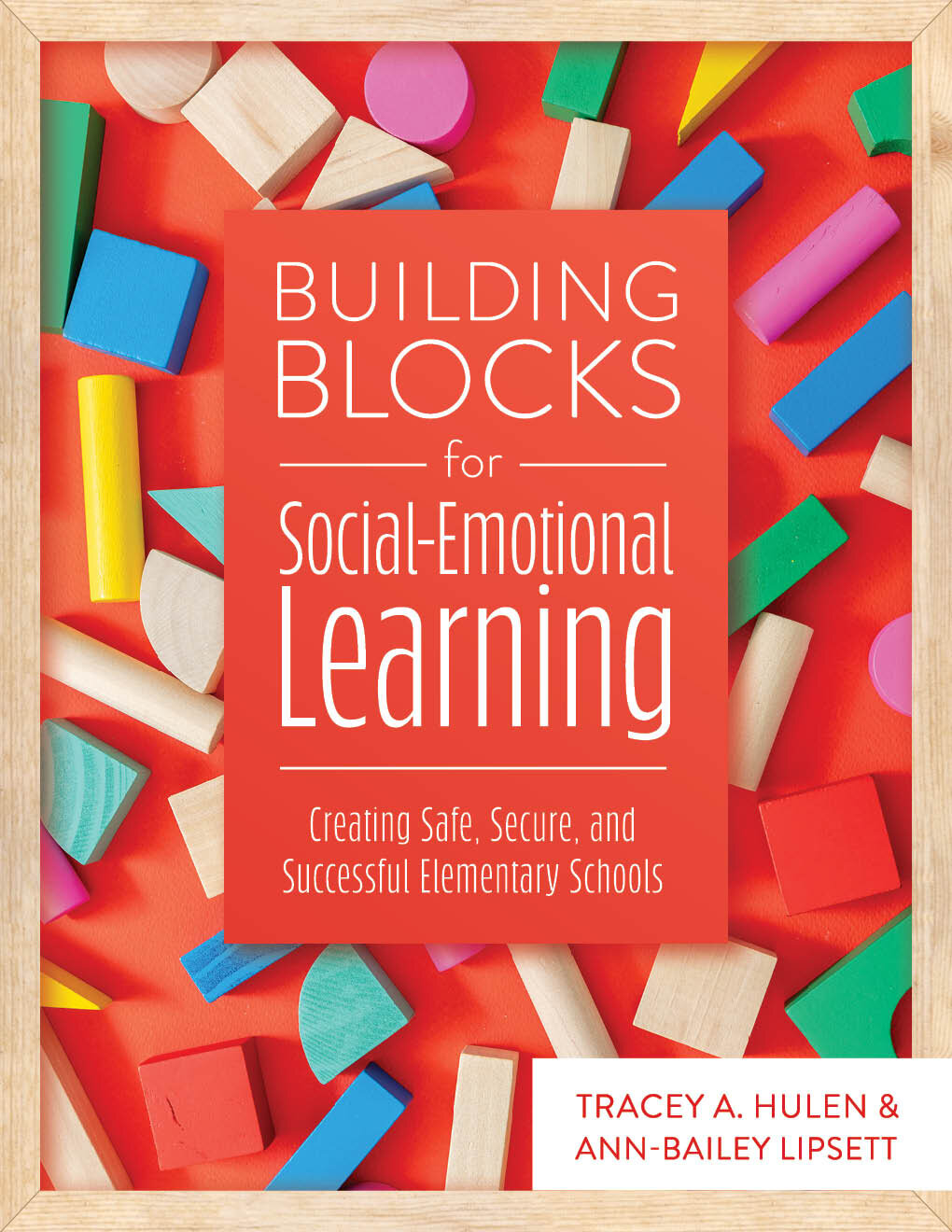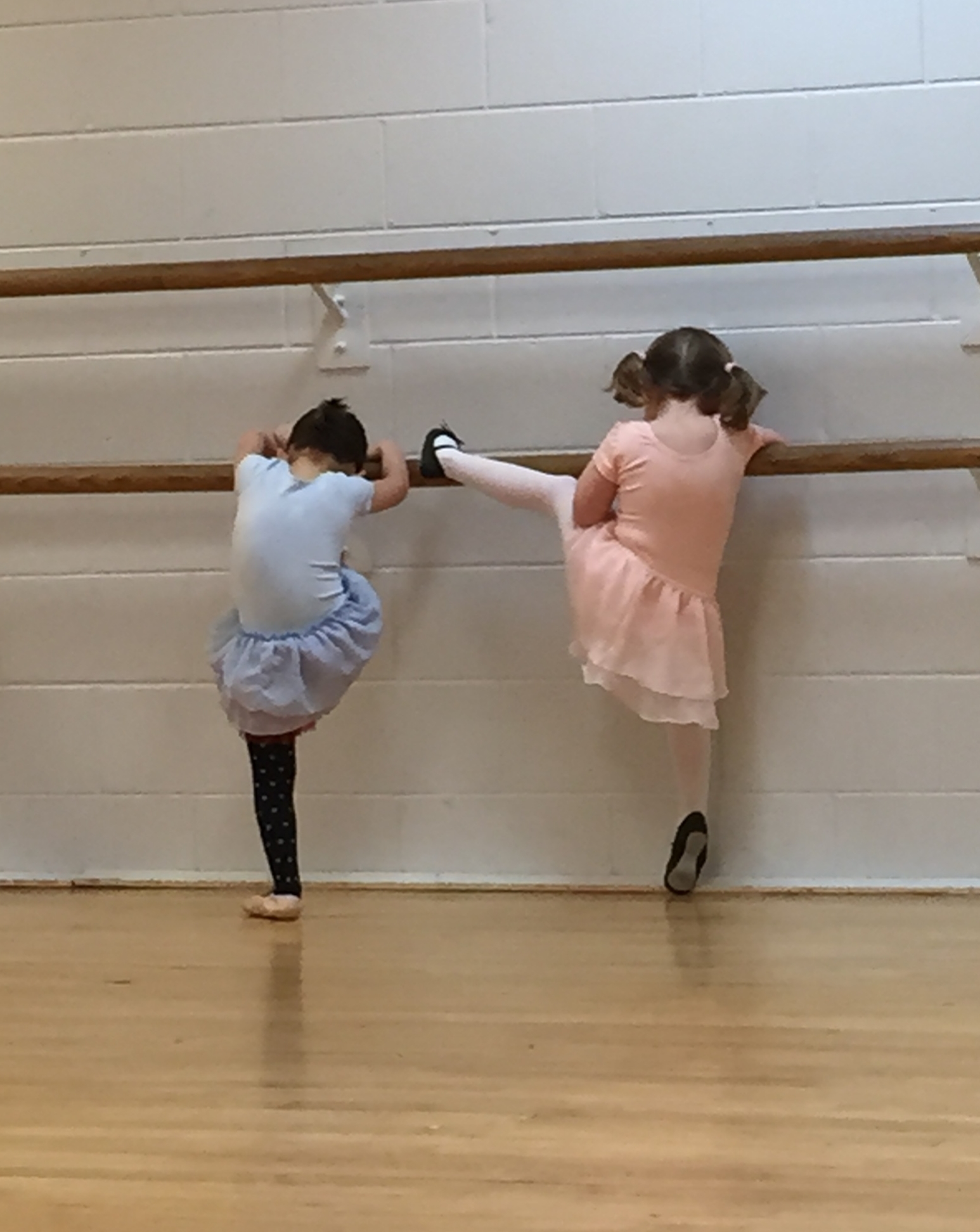I recently found myself unsubscribing to the parenting “experts” I was following on social media. Their daily posts would pop up in my feed with supportive and helpful tips about being the positive, perfect parent to our children. They always seemed to have this promise of “if you just do these magical parenting tricks your child will become an amazing human being.” And of course, the flip side: “If your child is not kind, loving, and the model of what society is looking for then you screwed up somewhere.” I found that more often than not, these positive parenting tips made me want to punch my computer. Unsubscribe.
The answer is in the mess
Parenting is having a relationship with a human being and not walking away from it when it gets hard - being about to set boundaries while being kind, nurturing, and providing co-regulation when needed. It is about watching a human being go through developmental stages and being there for them with love and boundaries along the way.
For some reason (or maybe it is just me) I often find myself getting caught up in the “if you just parent the right way then your child will be perfect.” And, since I immerse myself in the world of child development, I spend a lot of time reading, researching, and writing about how we work with children. Therefore, I have a lot of parenting tips from “experts” running through my head at all times. And yet - most of the time none of those are helpful.
We’ve tricked ourselves into thinking that if we just do it right that it will be easy. Or at least, if not easy now, we are setting ourselves up for easy-going in the future. It’s what any goal-oriented person who was raised on the delayed gratification doctrine believes about life. You work hard and eventually, you will be rewarded because you earned it.
I was talking with a friend a while ago about what happens when our children become teens and are flooded with all that is adolescents. Her children are younger than mine and she noted that she wasn’t worried about some of what I was mentioning because she was doing X, Y, and Z with her kids. I laughed to myself - I had done those same things - and more - all with the promise that “look! If we do it right now, it will be better later!” Lies.
This shouldn’t make us not want to work hard at being good parents and doing the best we can for our children. But it should remind us that our children are unique human beings and our jobs as parents are really to see them as they are, have a relationship with the human being in front of us, and allow for that messy relationship to unfold, not expecting it to work as a math equation. “If I react like this when you are two, then when you are 12 you will do this.”
Parenting is having a relationship with a human being and not walking away from it when it gets hard - being about to set boundaries while being kind, nurturing, and providing co-regulation when needed. It is about watching a human being go through developmental stages and being there for them with love and boundaries along the way. It is doing all this and knowing that there will be moment after moment where we get it wrong - and that is OK - our kids will be OK - we just keep showing up and building that relationship with that human being.
The truth is, as child psychologist Winnicott and Dr. Ed Tronick have told us - the answer is in the mess of the relationship - it’s in the back and forth, the relationship ruptures and repairs, and how the relationship grows alongside the development of the two humans in the relationship. All of it is messy by design.
These relationships will vary from child to child, parent to parent and there is no quick internet meme or TikTok video that can tell us the answers. I have no great answers or quick facebook post-worthy thoughts to use to wrap up this post. Just know I am out there - just like you - trying to embrace the struggle and honor the nature of the human beings in front of me I am lucky enough to raise.

















